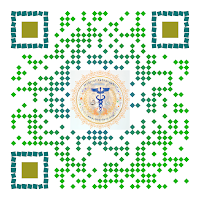Chronic, constantly progressive disease. Initially, it affects the muscle tissues of the face, then spreads to the trunk. The following types of MG are distinguished:
- Ocular – the nerve endings in the cranial region are affected, and the eyelids fall asymmetrically. The patient complains of double vision and deterioration in visual acuity. Gradually focusing on one subject becomes difficult.
- Bulbar – the lesion extends to the masticatory muscles and tissues of the larynx. The patient’s voice changes, speech becomes quieter and nasal. Some consonants are very difficult to pronounce, and stuttering develops. Due to the penetration of fluid into the respiratory tract, the risk of pneumonia increases.
- Lambert-Eaton – the muscles of the arms, legs, and neck do not receive nerve impulses. It is difficult for the patient to coordinate these areas of the body. This form is diagnosed in the elderly and is characterized by rapid progression.
- Generalized – the muscles of the eyes are immediately affected, then the process spreads to the larynx, arms, legs, and hips. The main danger of this form is that the respiratory muscles are affected over time.
The disease is characterized by constant progression.
Plasma exchange (PLEX) is first-line for severe exacerbation & usually causes improvement in a few days. It directly removes anti-acetylcholine receptor antibody from the body. May be more effective in MuSK+ patients.
IVIG may be useful for less severe exacerbations; takes longer to work (e.g., 2-3 weeks), but the efficacy may be more sustained. The dose of IVIG is 2 grams/kg, usually divided over 2 or 5 days.







